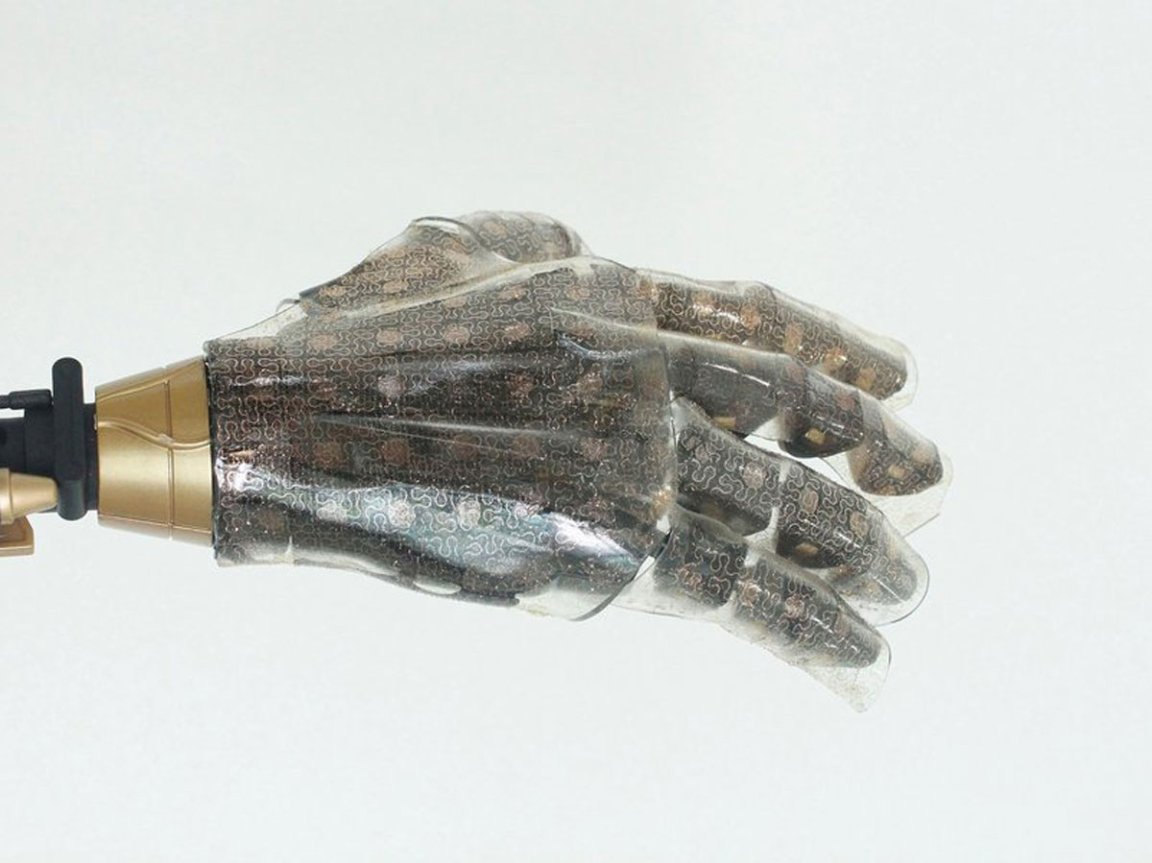
Electronic Skin
A team led by materials scientist at the Ulsan National Institute of Science and Technology in South Korea has developed rubbery plastic-and-graphene film that mimics the structure of human skin. The team claims that the film can accurately detect texture, temperature, pressure and sound. This marks the first time that an electronic skin has been able to demonstrate the ability to sense the entire spectrum of stimuli, and the team is hopeful that this technology can create practical artificial skin.

Practical Application
E-skins such as Ko’s super-sensing electronic skin could one day cover prosthetic limbs. This would allow patients to sense a wide range of inputs like temperature, pressure, and texture. These e-skins are designed to detect many kinds of signals by mimicking the ultra-sensitive skin of the human fingertip. The bumps on the sheets determined how much pressure was applied onto the skin and could also detect texture through the vibration on the bumps, similarly to how it detects sound. There have been many versions of electronic skin created over the last few years, and while Ko’s new technology is a major upgrade from previous offerings we are still far away from creating anything comparable to actual human skin.